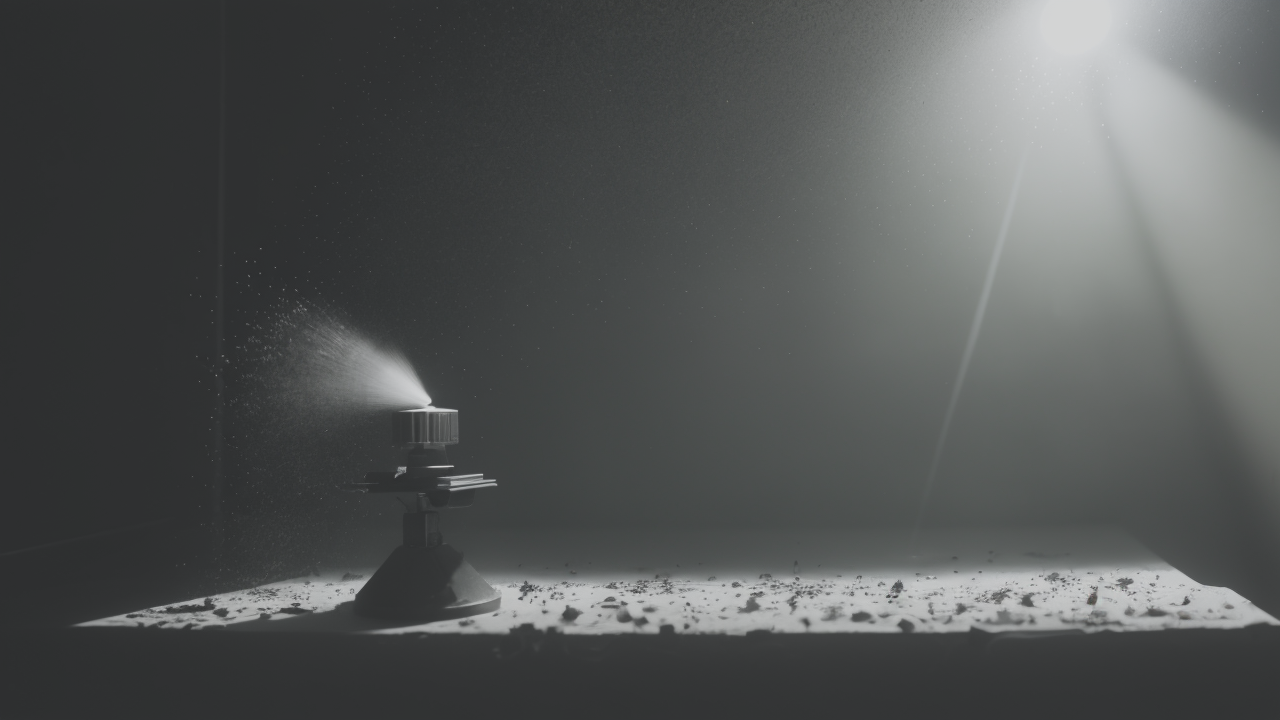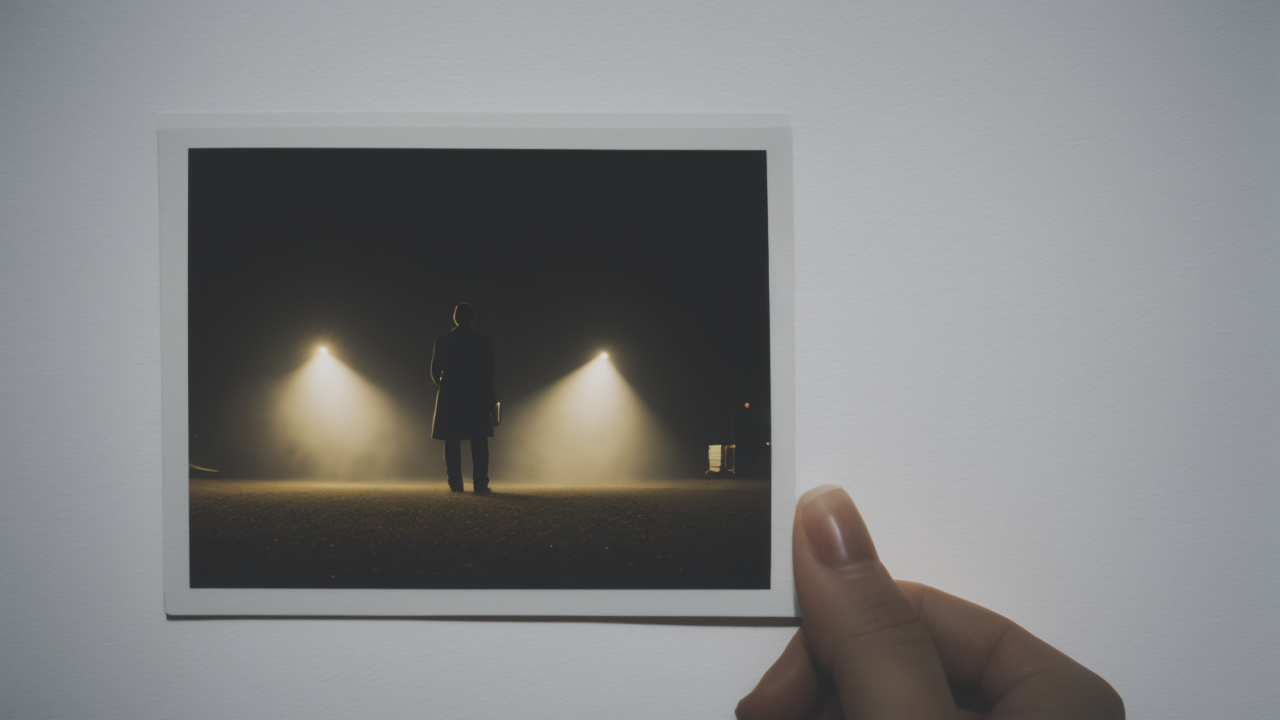
Sculpting Beyond Limits: Advanced Techniques for Creating Captivating Wall Art
The Evolution of Pop Arte: Integrating Modern Techniques with Classic Materials
The Renaissance of Plaster in the Age of Pop Art
Plaster is making a big comeback in pop art. Artists are finding new ways to use this old material. They're

creating bold and eye-catching pieces that speak to modern culture.
Plaster's versatility is key to its revival. It can be shaped, molded, and painted in many ways. This lets
artists bring their wildest ideas to life. From smooth surfaces to rough textures, plaster does it all.
Many artists are mixing plaster with new materials. This blend of old and new creates unique art pieces.
Some add bits of plastic or metal to their plaster. Others use it as a base for digital projections.
The low cost of plaster is another plus. Artists can try new things without spending too much money. This
has led to more creativity in the pop art world. More people are giving plaster art a try.
Plaster art is also good for the environment. It's a natural material that doesn't cause harm. This appeals
to artists and buyers who care about being eco-friendly.
Technological Advancements in Plaster Production
New tech has changed how we make and use plaster. Today's plaster is stronger and lasts longer. Artists can
now create bigger and more complex pieces that stand the test of time.
3D printing has changed plaster casting. Artists can design molds on computers and print them right away.
This saves time and allows for very detailed designs. It opens up new ways to create plaster art.
Scientists have made new types of plaster. Some are waterproof, others glow in the dark. There are even
flexible plasters. These new options let artists do things they couldn't do before.
Mixing machines have made plaster quality better. They make sure plaster is mixed evenly every time. This
helps artists get the same results in their work over and over.
Color technology has also gotten better. Artists can now add bright, long-lasting colors to plaster. This
is great for making bold pop art pieces that really stand out.
Mastering Plaster Techniques for Visual Artists
The Fundamentals of Plaster Use in Sculpting
Learning to use plaster starts with the basics. First, you need to know how to mix it right. Too much water

makes it weak, too little makes it hard to work with. Practice helps you get it just right.
Timing is key when working with plaster. It starts to harden quickly, so you must work fast. Knowing when
to mold, shape, or carve is important. This skill comes with time and practice.
There are several ways to use plaster:
- Casting: Pouring plaster into molds
- Building: Adding plaster bit by bit
- Carving: Shaping hardened plaster
- Layering: Adding thin coats of plaster
Each method creates different effects. Many artists use more than one technique to create unique textures
and shapes.
Getting the surface ready is important too. A clean, smooth surface helps the plaster stick better. This
can change how your final piece looks. Taking time to prepare your work area is worth it in the end.
Advanced Tools and Equipment for Pop Arte Crafters
The right tools can make your plaster art even better. Many pop artists use both old and new tools. This
mix allows for both precise work and creative freedom.
Digital sculpting tools are becoming popular. Artists can design on computers, then make physical molds.
This allows for very complex designs that would be hard to make by hand.
Spray systems help put plaster on evenly. They're great for covering large areas or making smooth surfaces.
Some artists use them to make unique textures too.
Special mixing tools ensure plaster quality. They help avoid lumps and air bubbles. This is important for
big projects or when making many pieces.
New mold materials can capture fine details. Silicone molds, for example, can create very intricate shapes.
This lets artists make complex pop art sculptures with plaster.
Carving tools have also improved. There are now electric tools that make carving easier. These help artists
create detailed work faster than ever before.
Business Case Studies: Success Stories of Pop Arte Plaster Applications
Case Study: A Small Business Revolutionizing the Art Market
"Plaster Pop" started in a small studio in New York. Owner Tom Lee loved pop art and plaster. He combined

the two to create unique wall pieces. His colorful plaster works of pop icons caught people's attention.
At first, Tom sold his art at local markets. Word spread quickly about his fun, affordable pieces. Soon, he
was getting orders from all over the city. He hired two helpers to keep up with demand.
Tom's big break came when a famous designer bought one of his pieces. The designer shared it online.
Overnight, "Plaster Pop" became a hit. Orders came in from around the world.
Today, "Plaster Pop" has its own gallery. They sell pieces to collectors and businesses worldwide. Tom
still makes each piece by hand, keeping the personal touch that made him famous.
Keys to "Plaster Pop's" success:
- Unique style mixing pop art and plaster
- High-quality, handmade pieces
- Smart use of social media for marketing
- Affordable prices for original art
Tom's story shows how creativity with plaster can lead to business success. It inspires other artists to
try new things with this versatile material.
The Role of Plaster in the Expansion of Pop Art Studios
Plaster has helped many pop art studios grow. It's cheap and easy to use, making it great for new artists.
As they get better, artists often find new ways to use plaster in their work.
Many studios now offer plaster art classes. These classes bring in extra money and new customers. They also
help build a community around the studio. This can lead to more sales and team-ups.
Some studios work with designers and architects. They create custom plaster pieces for homes and offices.
This opens up a whole new market for pop art studios.
Online sales have boosted plaster pop art. The pieces look good in photos and are easy to ship. Many
studios now sell to customers all over the world through their websites.
Plaster pop art fits well with current trends. People want unique, handmade items for their homes. Plaster
pieces offer this at a lower cost than many other art forms. This has helped pop art studios do well.
In conclusion, plaster remains a key tool for pop artists. Its flexibility allows for endless creativity.
As techniques and technology advance, we'll likely see even more exciting plaster pop art in the future.


